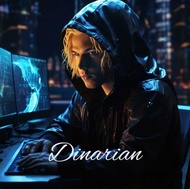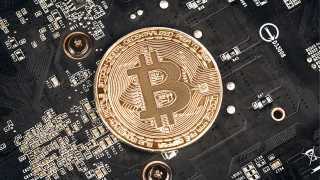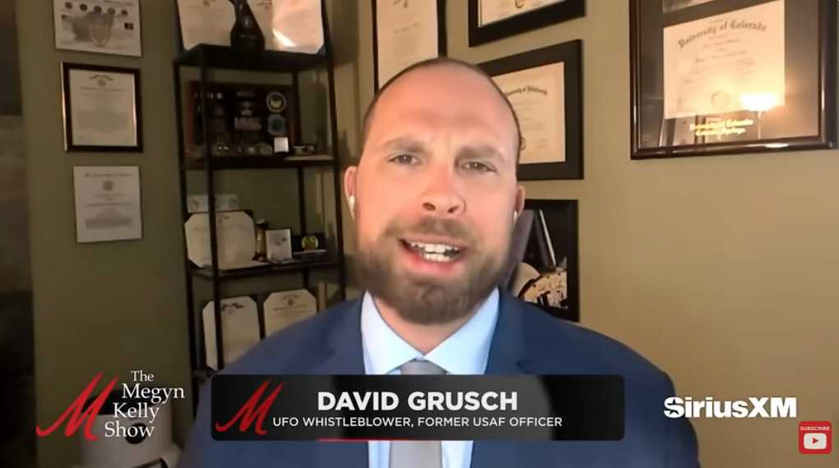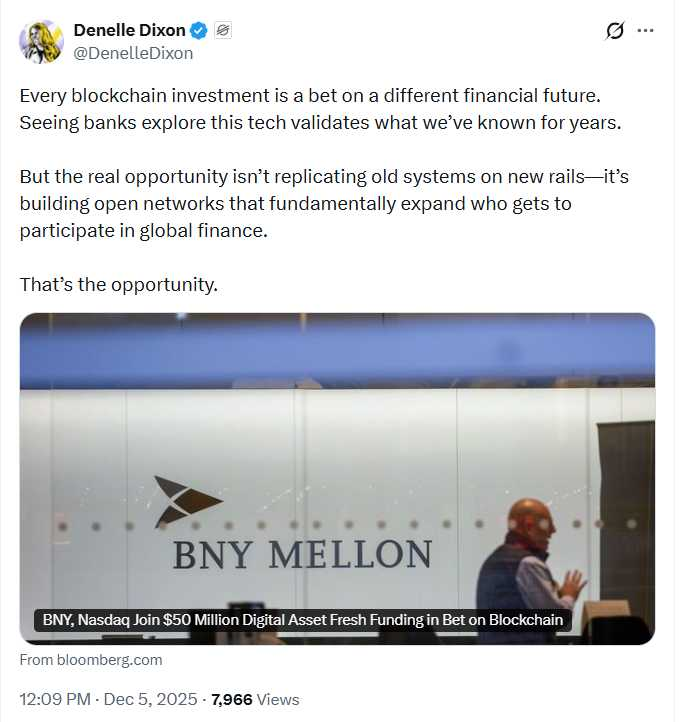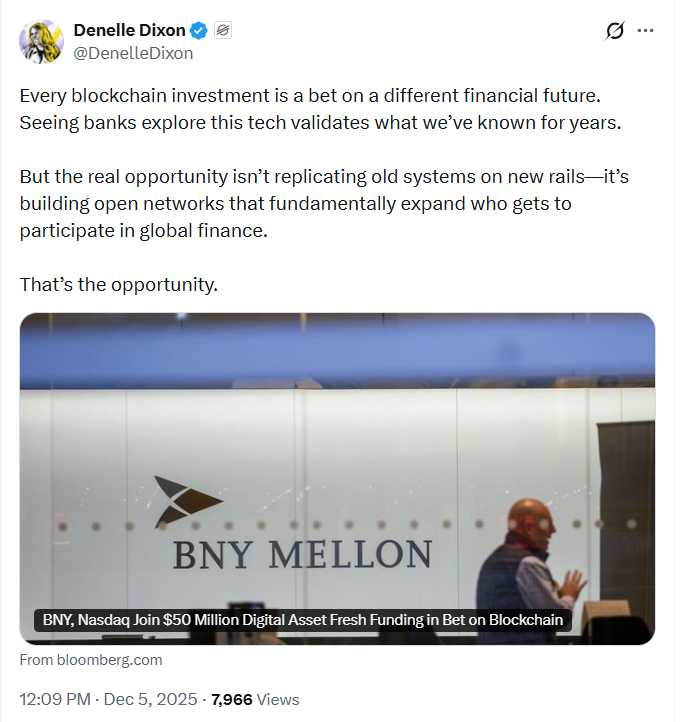ld be best to add Ivermectin to be used along side of theces between my approach and that of the medical industry. First my focus is health, not the disease. My focus is body support, not degradation.
Secol, the medical industry is focused on disease AND they are projecting the “external savior myth” down to the material plane in the form of their reliance on their chemicals to ‘fight the disease’. My approach has been to provide the body with the tools it needs to correct the situation, as well as, the provision of such extra support as may be taken on board with the constant mental attitude of ahimsa, first do no harm.
There are two substances detailed below. These are very impressive, though may be expensive and difficult to obtain. That is a necessary artifact of my working in this area for so many years; that is, the easy fruits have already been picked. However, as the search narrows down, there are surprisingly powerful discoveries yet to be made as evidenced by the two listed below. These descriptions have been created by AI due to my lazy ass approach to things. AI had nothing to do with the finding of these and is a simple tool to aggregate the information that you need to read.
Honokiol, and Fucoidans.
****
Honokiol is a compound found in several plants, particularly in the bark and leaves of the Magnolia tree. It has gained attention for its potential health benefits, including anticancer effects. Here are some of its known health effects:
Anticancer Properties: Honokiol has been studied for its ability to inhibit the growth of various types of cancer cells. It works through several mechanisms, including inducing apoptosis (programmed cell death), inhibiting angiogenesis (the formation of new blood vessels that tumors need to grow), and suppressing metastasis (the spread of cancer cells).
Anti-inflammatory Effects: Honokiol has shown anti-inflammatory properties by inhibiting certain inflammatory pathways in the body. This could potentially benefit conditions where inflammation plays a role, such as arthritis and certain cardiovascular diseases.
Antioxidant Activity: It acts as an antioxidant, scavenging free radicals that can damage cells and contribute to various diseases, including cancer and cardiovascular diseases.
Neuroprotective Effects: Honokiol has been studied for its potential to protect nerve cells from damage and promote their survival. This could have implications for neurodegenerative diseases like Alzheimer's and Parkinson's.
Anxiolytic and Sedative Properties: It has been investigated for its calming effects, which may help reduce anxiety and promote relaxation without causing significant sedation.
Cardiovascular Benefits: Honokiol may have protective effects on the cardiovascular system, including lowering blood pressure and reducing the risk of heart disease.
Antimicrobial Activity: It exhibits antimicrobial properties against certain bacteria and fungi, suggesting potential applications in treating infections.
Fucoidans are a class of complex polysaccharides found primarily in various species of brown seaweed. They have been studied extensively for their potential health benefits, and here are some of their known effects:
Anticancer Properties: Fucoidans have shown promising anticancer effects in various studies. They can inhibit cancer cell proliferation, induce apoptosis (cell death) in cancer cells, and inhibit angiogenesis (the formation of new blood vessels that tumors need for growth). Fucoidans may also suppress metastasis, making them potential candidates for cancer therapy and prevention.
Immunomodulatory Effects: They can modulate the immune system by enhancing the activity of certain immune cells (such as natural killer cells and macrophages) and improving immune response against infections and tumors.
Antioxidant Activity: Fucoidans exhibit antioxidant properties, helping to neutralize free radicals and reduce oxidative stress, which is linked to aging and various chronic diseases.
Anti-inflammatory Effects: They have been shown to reduce inflammation by inhibiting pro-inflammatory cytokines and enzymes, which may benefit conditions like arthritis, inflammatory bowel disease, and cardiovascular diseases.
Antiviral and Antimicrobial Activity: Fucoidans have demonstrated activity against certain viruses and bacteria, suggesting potential applications in antiviral and antimicrobial therapies.
Gastrointestinal Health: They can promote gut health by supporting the growth of beneficial gut bacteria and protecting the intestinal lining, which may help in managing digestive disorders.
Skin Health: Fucoidans have been studied for their potential benefits in skin health, including promoting wound healing, moisturizing the skin, and protecting against UV-induced damage.
Cardiovascular Benefits: They may have protective effects on the cardiovascular system by reducing cholesterol levels, improving blood flow, and supporting heart health.
Both of these substances WILL aid anyone with cancer. These are very powerful in their support for the body and may help those people struggling with the results of the covid vaxx shot.
Best to you. Cancer can be defeated. Universe places all the tools we need before us.
